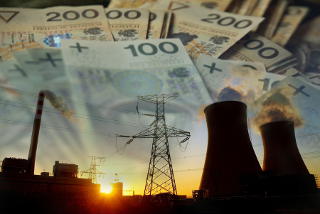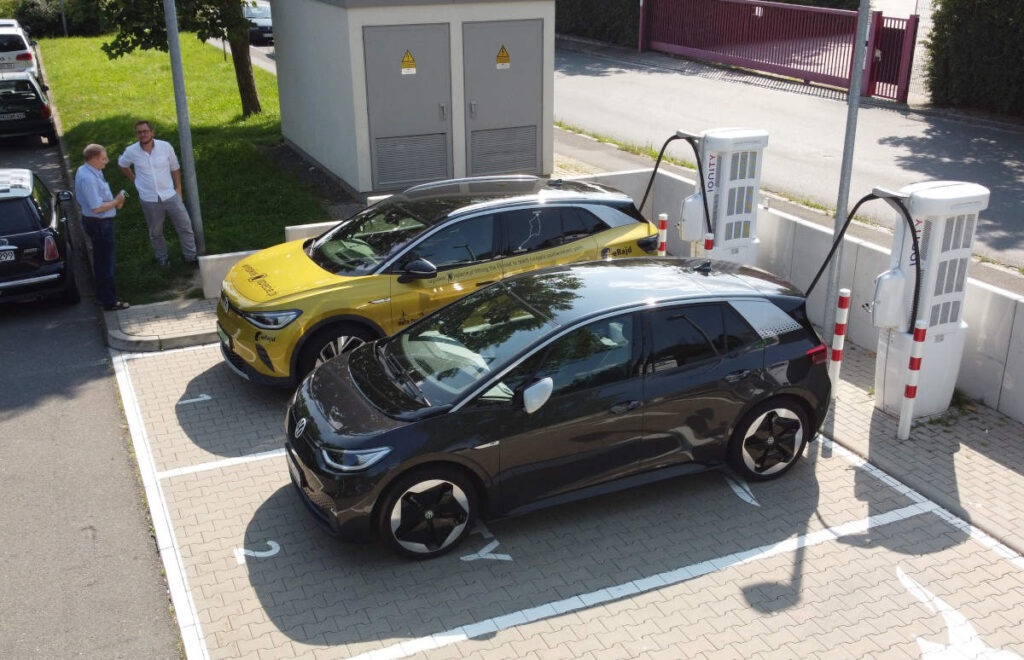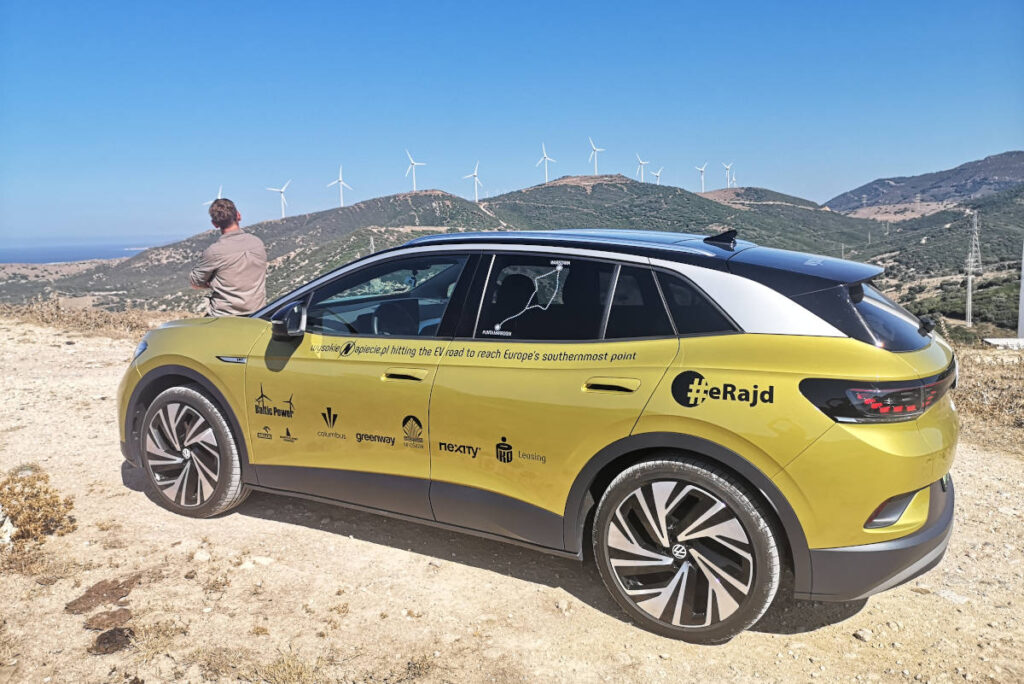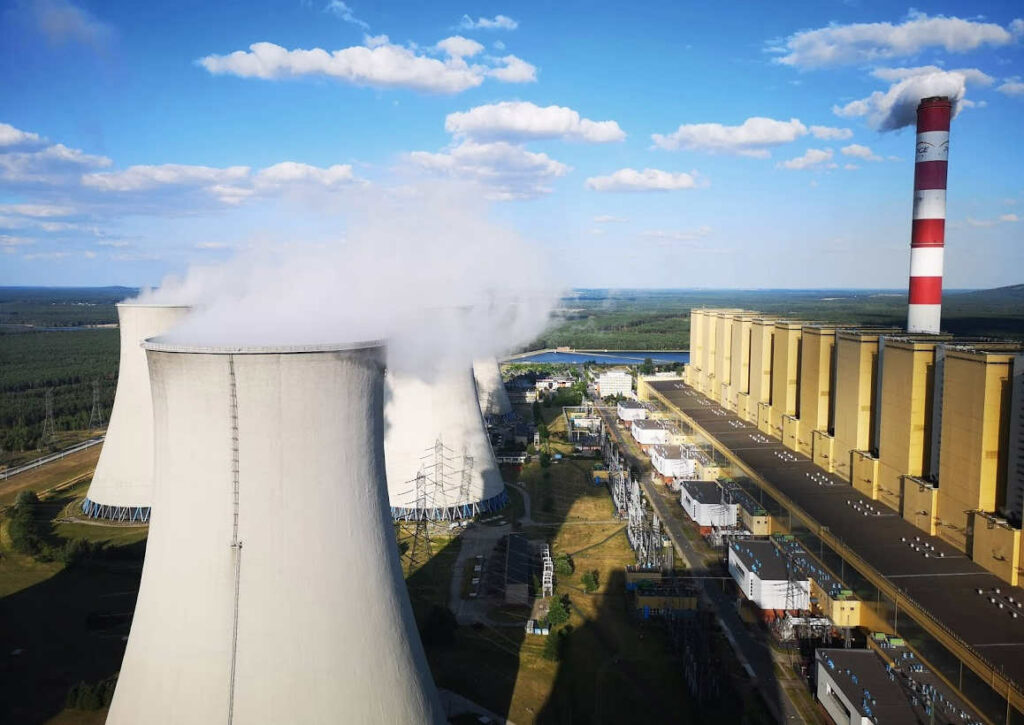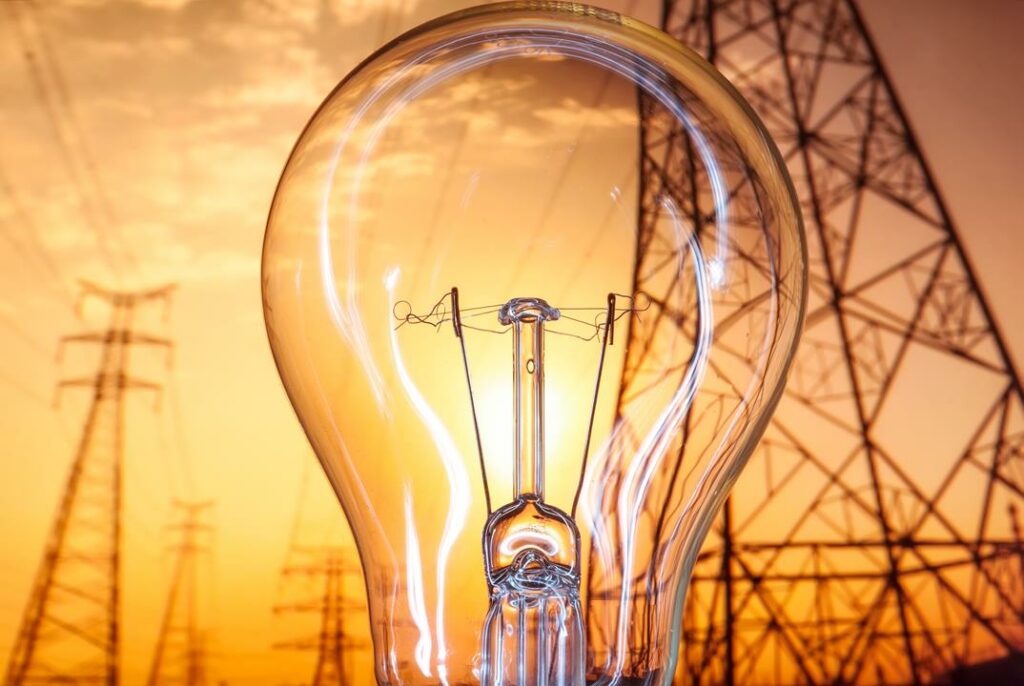So far, the Polish government’s reaction to the EU’s ‘Fit for 55’ package of energy and climate laws has been rather restrained.
The EU climate package, presented last week by the European Commission, includes “many valuable elements,” said the Polish Ministry of Climate and Environment.
In reality though, Poland is deeply concerned about the potential negative effects of proposed changes in the EU’s carbon market, the emissions trading system (EU ETS).
For several months now, the price of emission allowances on the ETS have reached unprecedented levels. After hovering at around €8 per tonne for many years, EUAs now exceed €50 per tonne. And the European Commission overtly says it is now expecting carbon prices to reach €85 by 2030.
The ETS has been instrumental in pushing out coal power plants from the Polish energy system, making greener alternatives like natural gas and renewables cheaper to build and operate. But the current high price of carbon, combined with high natural gas prices, are making coal competitive again, according to the International Energy Agency (IEA).
The European Commission plans to gradually reduce the number of allowances available on the ETS, aiming for a higher carbon price in the coming years that will drive the energy transition and help the EU reach its 2030 objective of reducing emissions by 55%.
The National Centre for Emissions Management (KOBiZE) estimates that in 2030 EU emission allowances may cost as much as €75. But this is probably a conservative estimate. Analysts at ICIS, an independent commodity intelligence services firm, believe it could reach €90.
Polish government sells carbon allowances and revenues go and go the state budget. Still, Poland believes the system is unfair. This is because of an EU distribution of auction allowances which is based on historical emissions. Countries get a certain number of allowances and sell them through auctions to companies covered by the ETS. But Warsaw says the system benefits countries like France and Italy, which have more allowances than they need to cover their industrial emissions.
According to Warsaw’s calculations, some countries with a negligible share of coal in their energy mix may have as much as 30-55% of surplus allowances. Poland, on the contrary, has a shortage of allowances: Polish companies covered by the scheme need more allowances than the Polish government can sell.
Germany is in a similar situation, but the debate over the EU distribution key is less controversial there, because German companies have more financial muscle than their Polish counterparts.
The bad news for Poland is that higher carbon prices make the balance even worse. And the Polish government’s lack of interest for the energy transition means valuable ETS revenues have so far largely been lost.
For instance, Polish power plants received free allowances in 2013-2020, but they failed to make proper use of that money to prepare for the green transition. Rather, the consecutive governments appeared more interested in delaying the energy transition and keeping high shares of coal in the country’s energy mix, fearing the social consequences.
Theoretically, the EU Modernisation Fund is tailor-made for Poland because it redistributes 2% of all allowances sold for auction on the ETS to the 11 poorest EU member states. The fund, established in 2014, will start operating this year. At current prices, Poland could receive approximately €8 billion by 2030.
But Warsaw says this is not enough. According to the Polish electricity industry, new investments worth €136 billion will be needed by 2030 in Poland to reach the EU’s clean energy goals.


